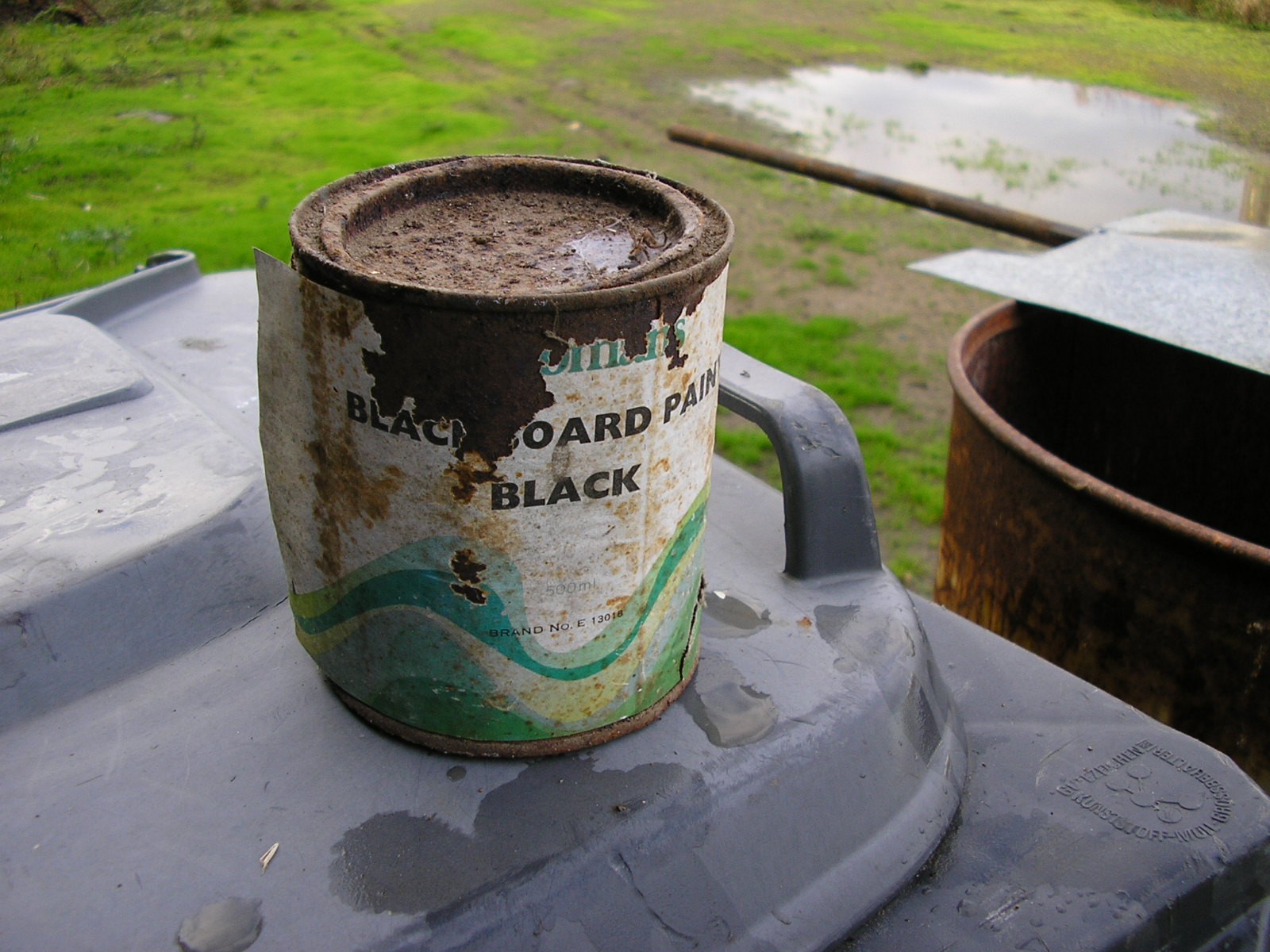As demonstrated as early as 1912, mirror trough solar concentrators (Wikipedia) will be used for heating water into steam. Unlike previous systems, the primary objective is not to use this steam directly to drive a steam-powered generator, but to store its energy as pressure applied to a water chamber. Proposed methods for implementing this storage include lifting weights, compressing springs, or compressing gas.
During the day, while the solar concentrators produce steam, the steam pressure inside the chamber pushes out water condensed at the bottom, and this supplies a hydroelectric generator.
Overnight the energy storage system continues to press against the water in the chamber even after all the steam has condensed, this provides water pressure to continue powering a hydroelectric generator overnight.
The design is intended to be practical for small to medium scale installations, powering a single household or community in a rural or remote location. As such, emphasis is given to the use of low-cost and easily available construction materials wherever possible.
Aims:
First Stage
- Develop a small-scale prototype of the steam generation and one or more energy storage systems.
Second Stage
- Based on measurements from the prototype, determine the required scale of a system able to power a (my) home.
- Design the electricity generation system as well as the control systems for steam generation and energy storage.
- Estimate the total construction cost for a system at this scale, and identify likely long-term maintenance expenses.
Third Stage
- Build the system designed in the second stage, to power my home.



























 Josh Starnes
Josh Starnes

 Robert Hart
Robert Hart
 Alex Bell
Alex Bell
Have you seen this?
http://www.ijsrp.org/research-paper-1015/ijsrp-p4689.pdf